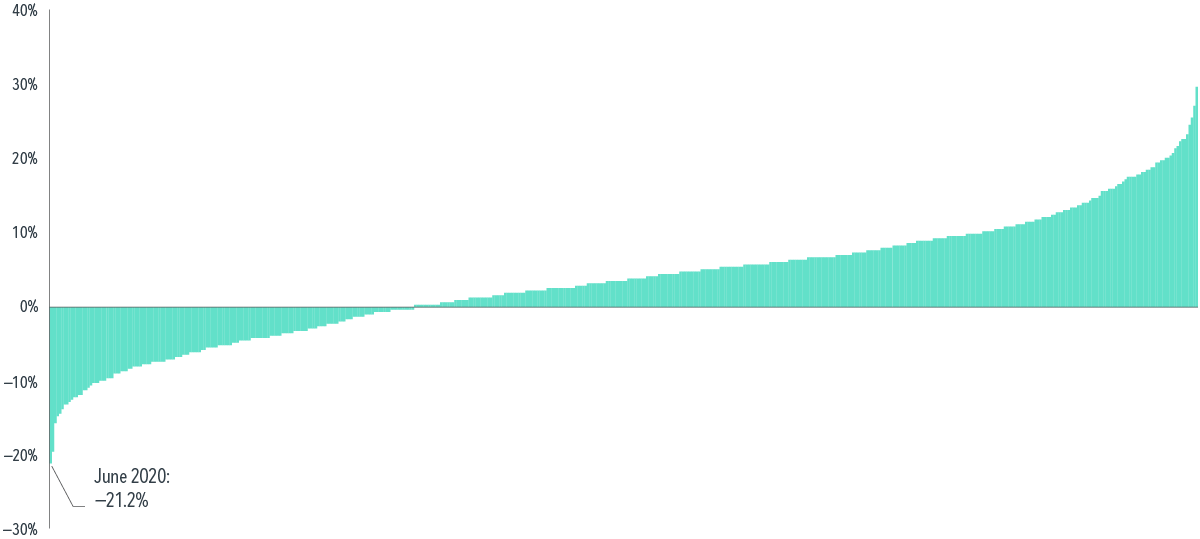It looks like you're new here. If you want to get involved, click one of these buttons!
@Crash - But I believe you are part owner of the company.”I have never EVER used Amazon for ANYTHING.”

Imagine reading a fund's annual report that read: Sure we made less money last year than nearly all of our peers, but look at the killing we made with Tesla. So our returns were better from the get-go. .
I do happen to know that when it comes to health care, Ireland's system provides diabetics anything and everything they need, for free to the individual. Of course, taxpayers ultimately "foot the bill." No surprise there. And I don't have the figure memorized, but there is an income limit in order to be eligible for the medical health care card. But even if someone is not eligible, I have to believe costs are much lower than they are in the States. That would make the social safety net more effective from the get-go.
https://www.rte.ie/brainstorm/2019/0415/1042763-how-irelands-spending-on-welfare-compares-to-the-rest-of-europe/
https://www.primarycaresafetynet.ie/Safetynet Primary Care is a medical charity that delivers quality care to those marginalized in society without access to healthcare, including homeless people, drug users and migrants.
Some paragraphs rearranged for continuity.[T]he first colonial pension schemes ... reproduced the distinction between the deserving and undeserving poor. Payments were means-tested and subject to a character test. People had to prove they had led ‘a sober and respectable life’. ...
[W]hen the Commonwealth scheme came into effect in July 1909, all non-white residents, even those already naturalised before the racist Naturalisation Act 1903, were formally made ineligible for benefits reserved for white settlers. ...
From 1907, following the Harvester Judgement, employers were bound to pay a male worker a ‘fair and reasonable wage’, sufficient to sustain himself, his wife and their children in ‘a condition of frugal comfort’. The basic male wage became the centrepiece of what has been described as the ‘wage earners’ welfare state’..., but thereafter—in spite of challenging times like the 1930s Great Depression—attempts to extend social protection to those outside the labour market failed.
[Through two world wars and beyond] [t]he basic male wage remained the foundation of social security policy and the Unemployment Benefits resembled a dole more than an earned social entitlement.
The Whitlam government (1972–1975) sought to reform the system along social democratic principles. Social security would no longer be merely a safety net, but a precondition for economic justice. Economic justice demanded that social security should be provided according to need, in recognition of the innate value of every citizen, not an assessment of character. ...
The Poverty Inquiry chaired by Professor Ronald Henderson [in this period] highlighted many systemic problems in the design of social security and put forward a concrete proposal for a basic income scheme , but poor timing meant its recommendations were never realised.
The last forty years of social security reform mark a steady retreat from the principle of universalism and a return to older notions of ’deservingness’.
This has coincided with the dismantling of the regulatory frameworks and institutions put in place to curtail both economic volatility and deep inequality. At the same time as deregulation has markedly increased household exposure to risk ..., the social safety net has become less effective.
Australia and the U.S. are both liberal welfare states. During the past quarter century, they have begun the transition from a welfare to a workfare state, albeit at different rates and through different paths. Social work developed in each country in ways congruent with the local liberal welfare state, and as such, has been destabilized by the transition to the workfare regime

https://www.oxfordreference.com/view/10.1093/oi/authority.20110803095637561exemplified by the economies of Germany and Japan. ... CMEs tend to be characterized by relatively long-term relations between economic actors that are also relatively cooperative. ... CMEs tend to have high levels of job security, a good record on training and development, institutionalized forms of worker participation, based on works councils, and relatively cooperative relations between trade unions and employers' associations.
Don’t sweat it @Mark. The company up in first-class isn’t usually that great anyway. Suggest you save your $$ and wait until they offer “tourist class” or “coach” seating.I would love to take a Blue Origin space trip but it's roughly $17, 990,000 out of my price range based on the winning auction bid of $18M.
Central Bankers Talk Down Concerns Over Digital Currency RisksBenoit Coeure, the head of the Bank for International Settlement’s Innovation Hub,....said the most likely setup will be a two-tier model, whereby digital currencies would be issued by central banks but distributed by commercial lenders.
Cecilia Skingsley, the first deputy governor of Sweden’s Riksbank, said central banks will play a “focused and narrow role” in providing the infrastructure on which the private sector can build, “and that’s where we are going to stay.”
Loaded terminology, "index based".I understand that neither DFA nor Adventis ETFs are index based funds. Some elements of factor based are used, and thus they are considered actively managed. Just want to learn more information on their strategies.
This three-year run [2017-2020] warrants further inspection—just how uncommon was this value premium magnitude? Literally unprecedented, as illustrated by the rolling three-year value premiums in Exhibit 2. Of the 1,093 rolling observations in US history, the three years ending in June 2020 ranked dead last. This is the very definition of an outlier.
ᴇxʜɪʙɪᴛ 2
Back of the Pack
Rolling 3-year annualized return differences for value versus growth,
US market, June 1929–June 2020

© 2015 Mutual Fund Observer. All rights reserved.
© 2015 Mutual Fund Observer. All rights reserved. Powered by Vanilla